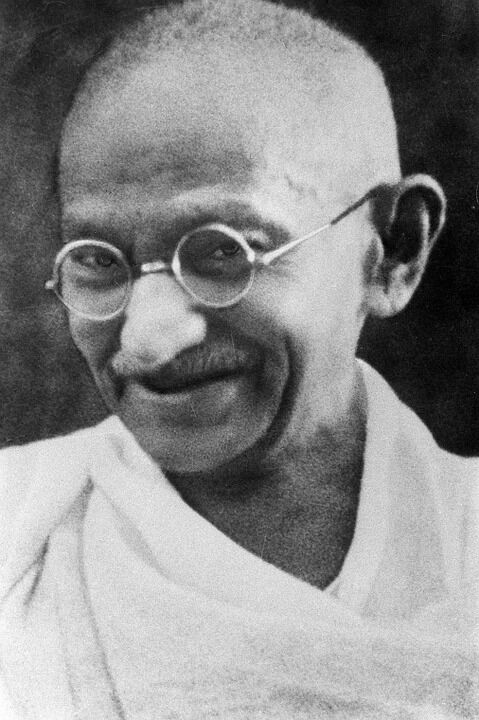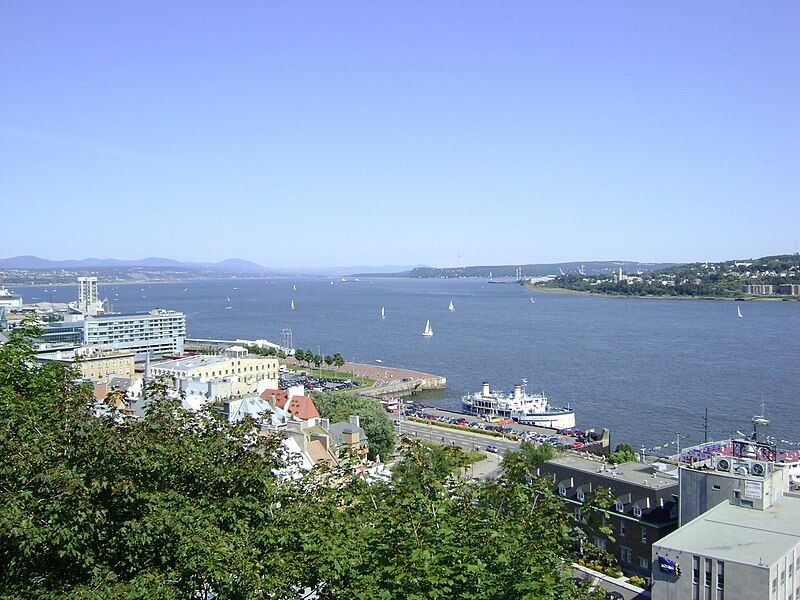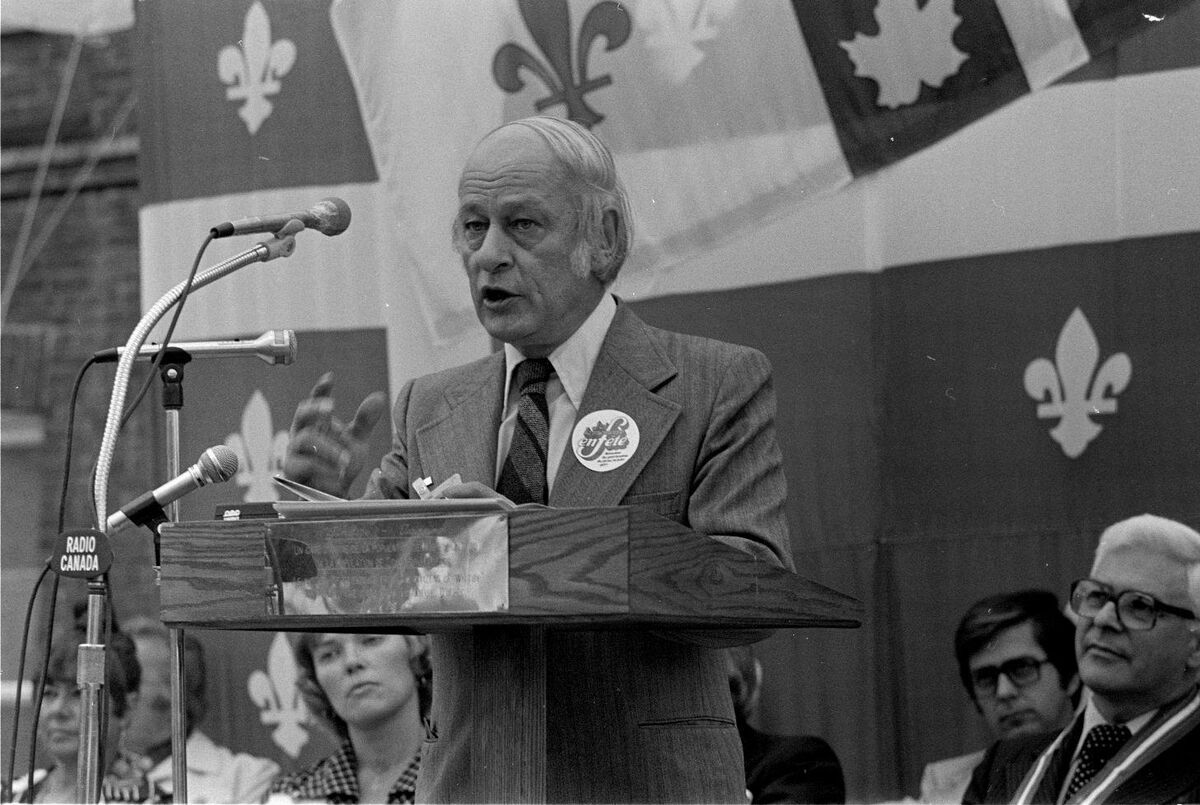Between 1960 and 1970, redefining one’s identity became part of the Quiet Revolution in Quebec. From then on, the term “French-Canadian”, which had previously been used to refer to Quebec Francophones, was replaced by the term Québécois. This new form of Quebec nationalism (neo-nationalism) was different from French-Canadian nationalism, which focused more on traditional values such as the Church and the rural way of life. In the midst of the Quiet Revolution, Quebec now presented itself as a modern, urban and industrial nation.
Neo-nationalism in Quebec is based on modernity and rejects traditional nationalism.
After the end of World War II, many colonized peoples around the world rebelled against their mother countries. These groups demanded the right to govern themselves rather than live under foreign authority. These independence movements were part of decolonization movements. From this movement, several new countries emerged after freeing themselves from colonial powers, such as France and the United Kingdom . These new countries won total sovereignty, meaning that the nation could now govern itself on its own land. This nationalism also appeared in Quebec, where the issue focused more on declaring Quebec’s identity in relation to the Canadian federation.

In the wake of the post-war decolonization movement, India gained independence from the United Kingdom in 1947. The leader of this movement, Mahatma Gandhi, became a national symbol in India.
By changing the term “French-Canadians” to Québécois, Quebec citizens identified with their territory, the province of Quebec. Quebec’s geography became a focus of national identity thanks to the government as well as Quebec artists. Winter, the St. Lawrence River, the Gaspésie and Îles-de-la-Madeleine regions all represent features of Quebec’s territorial identity.

As neo-nationalism took hold in Quebec, several national political figures began to speak out for independence, expressing their desire to separate from the Canadian federation and make Quebec its own country, independent from Canada. This idea gained popularity among Québécois and became the main demand of a new political party called the Parti Québécois.
This new proposal of an independent Quebec took shape in 1968 when the Parti Québécois was created. Former liberal deputy René Lévesque formed this new political group, whose main objective was to make Quebec a sovereign country. Lévesque and the Parti Québécois succeeded in rallying many young Québécois around this plan. This blossoming political party took eight years to win the provincial elections and form a government for the first time.
